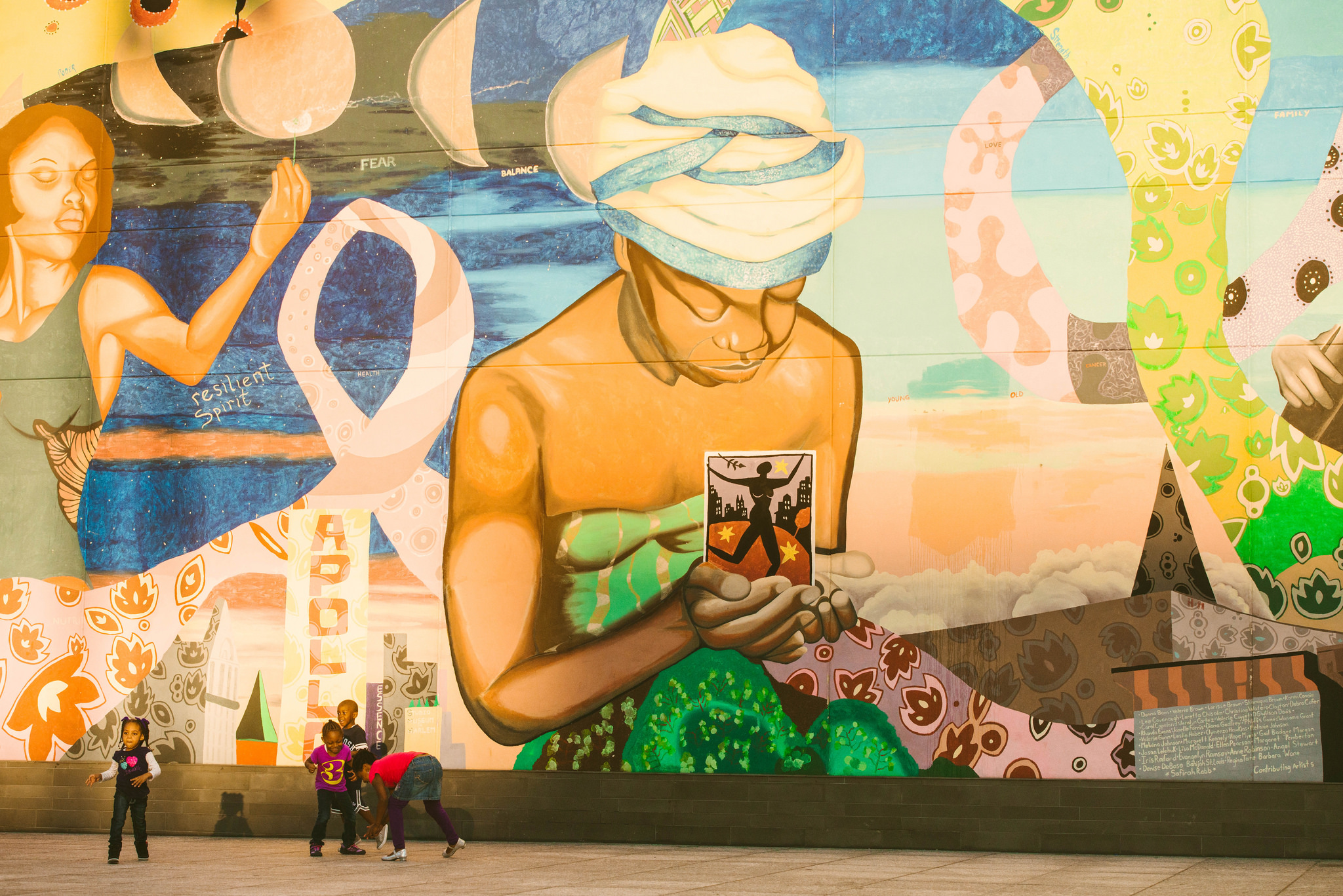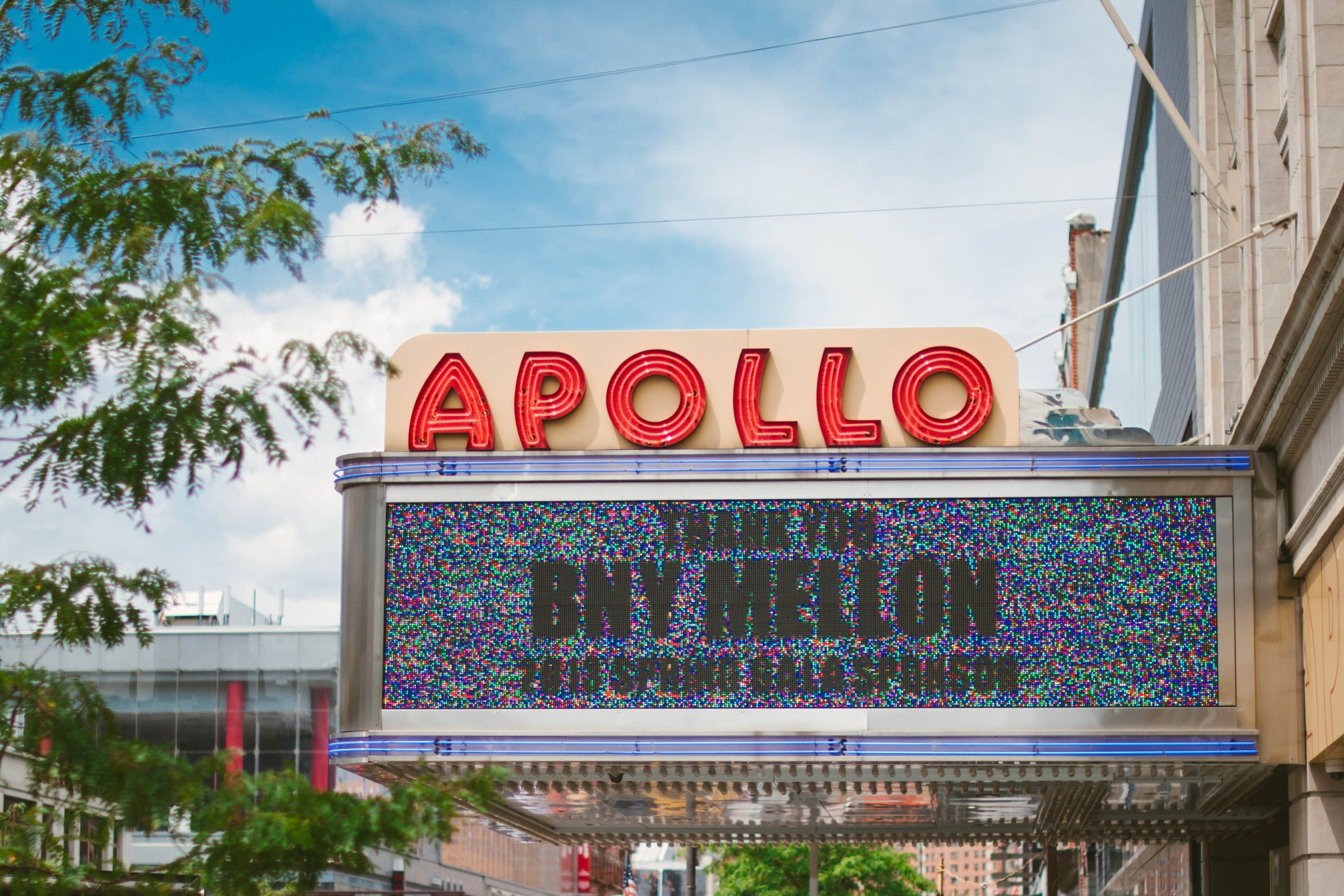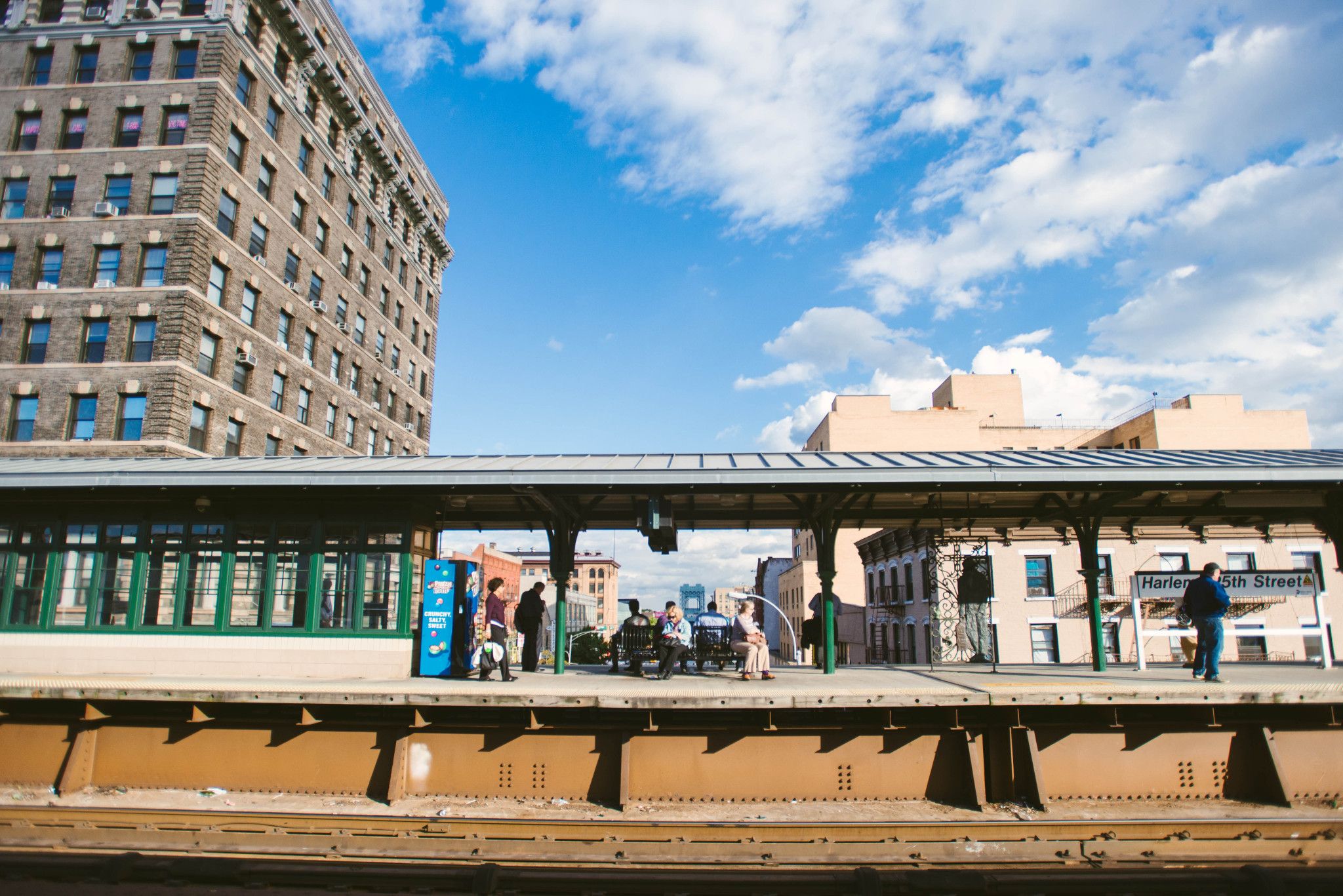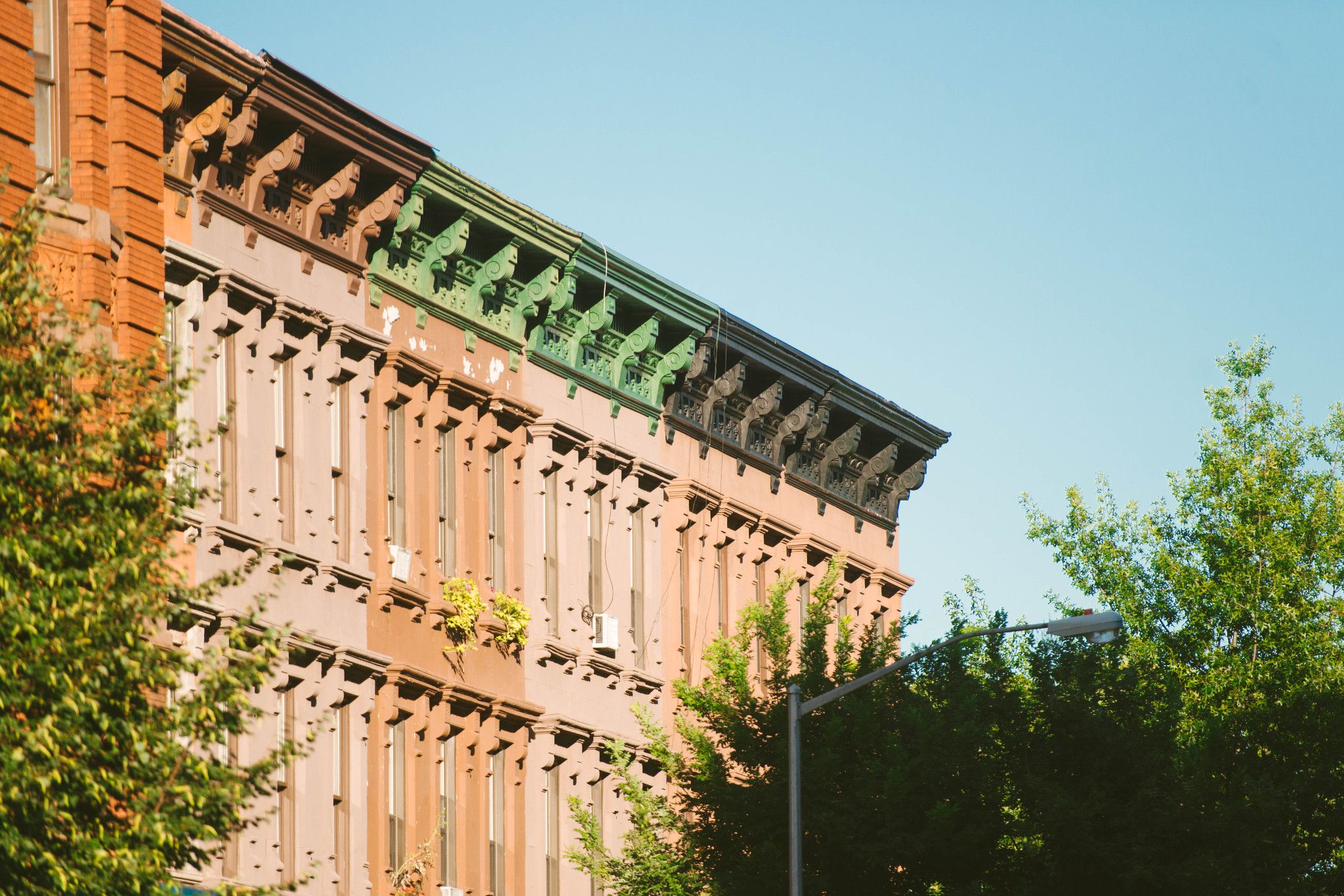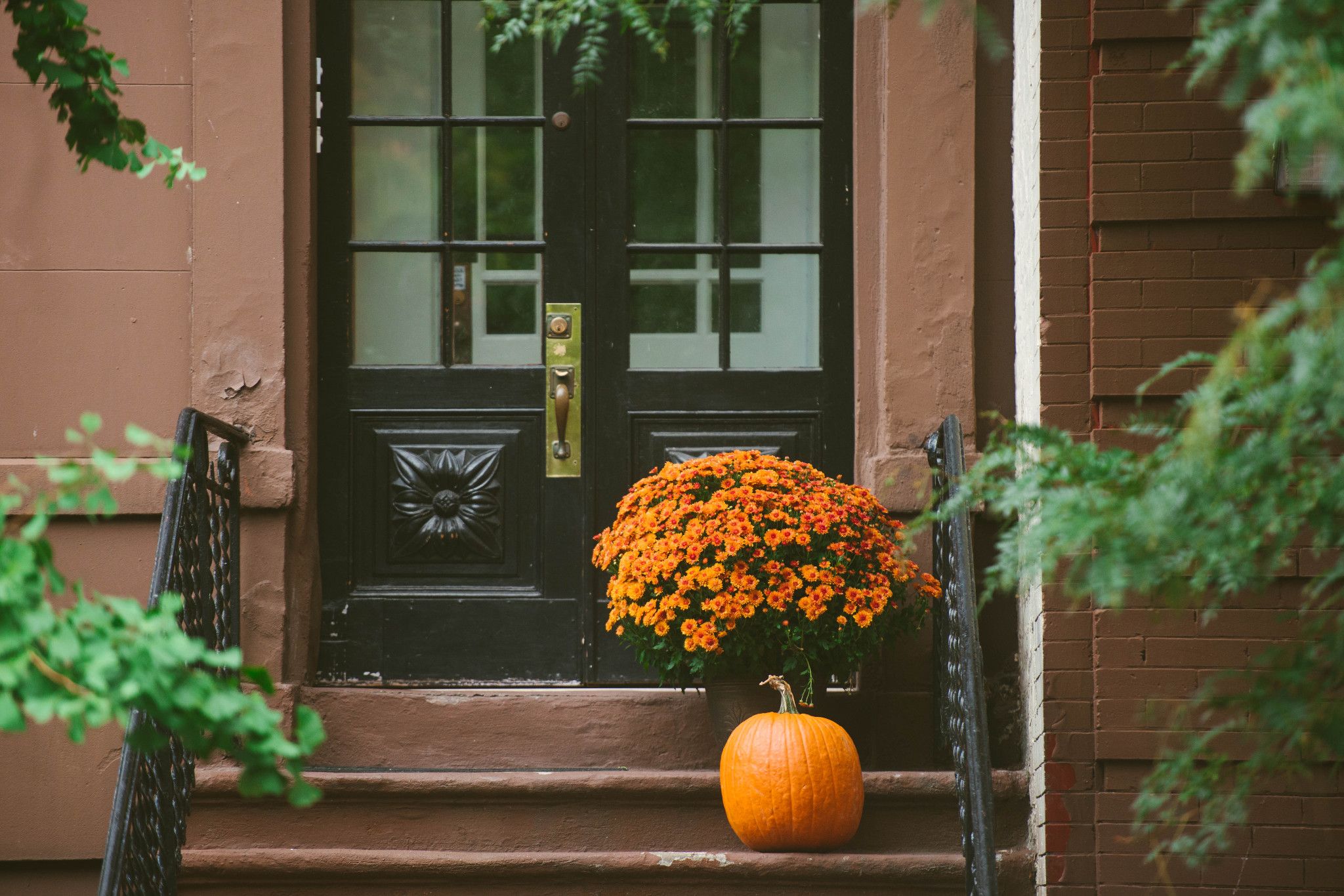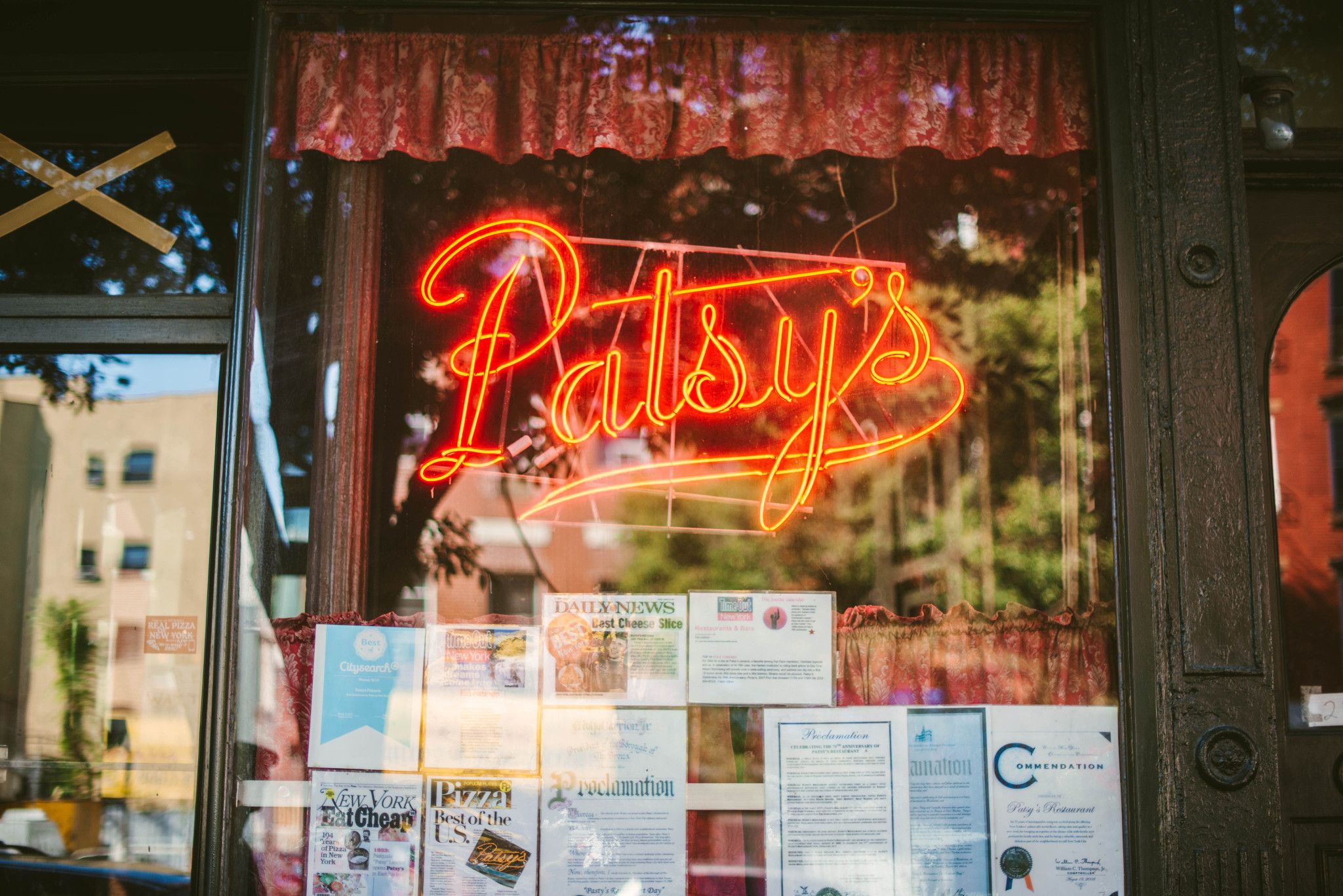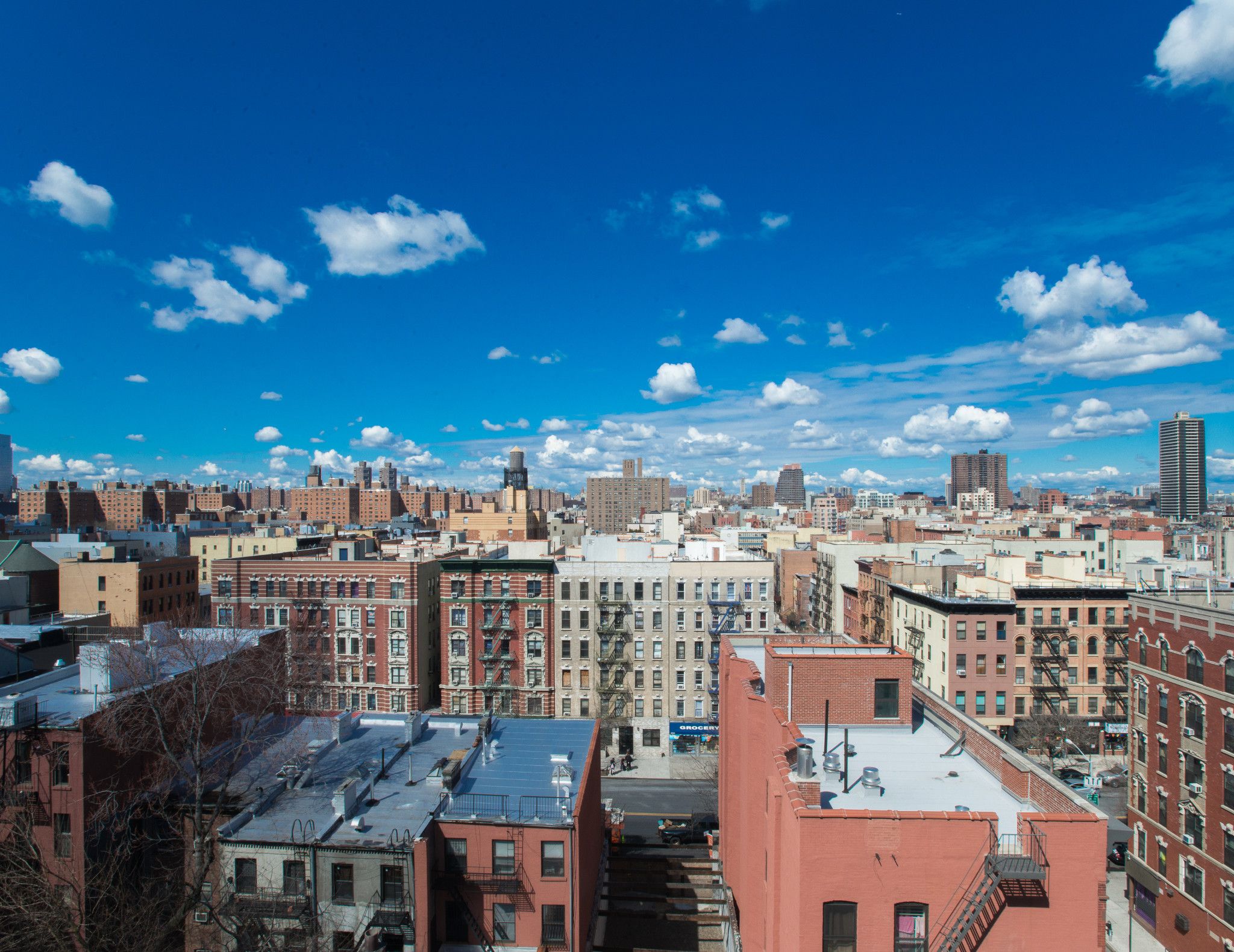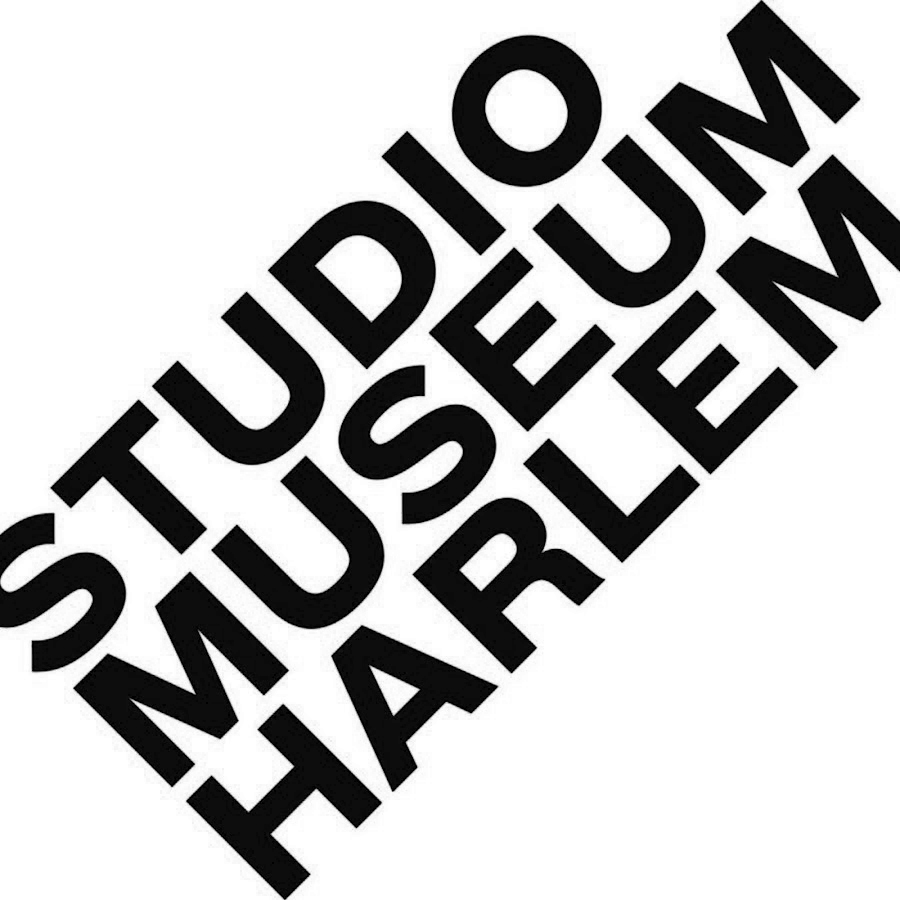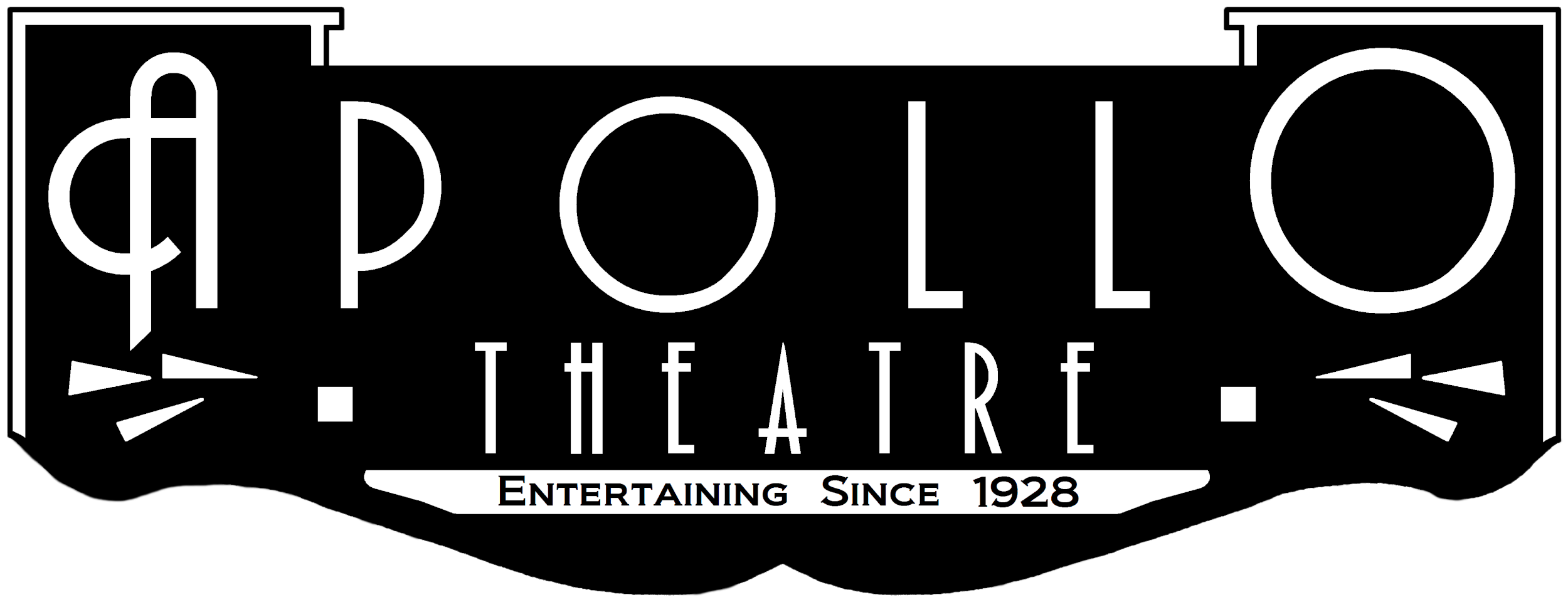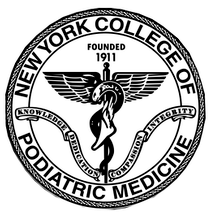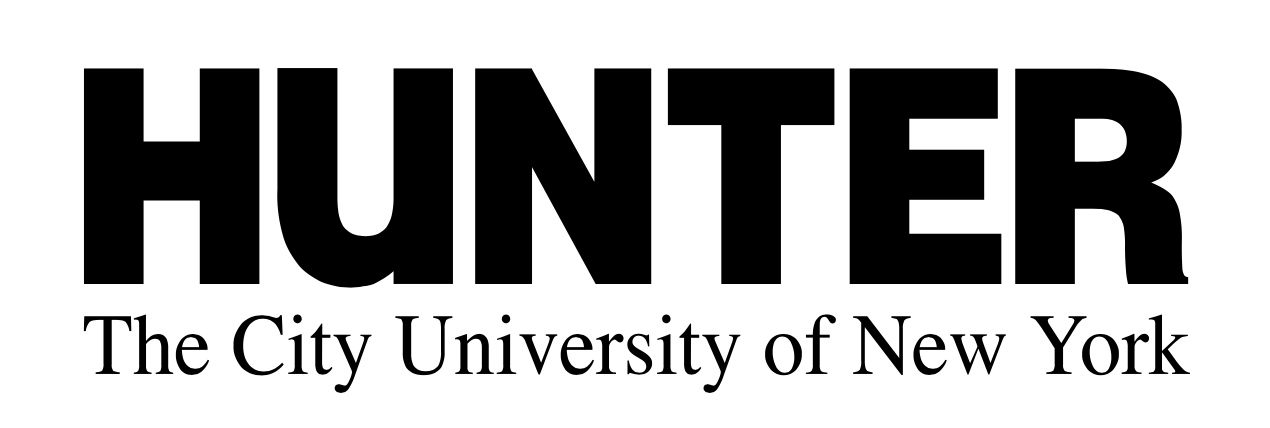new york’s new creative neighborhood
Harlem first rose to fame as the birthplace of the 1920’s renaissance movement, and is now a thriving mix of cultural traditions and avant garde creativity. Generations of art, food, and demographic shifts mean that newcomers and life-long residents continue to redefine one of the city’s most iconic culture hubs.
Harlem is known as an important touchpoint of American jazz, literature, and civil rights history. And for good reason: major streets like Adam Clayton Powell Jr. Blvd., Malcolm X Blvd., and Martin Luther King Jr. Blvd. pay homage to civil rights leaders that actually walked those passageways.
Meanwhile, venues such as The Apollo Theater, Hotel Theresa, and Sylvia’s Restaurant stand as iconic landmarks frequented by both history buffs and culture seekers alike. Professionals are fans of Harlem’s energy and cultural crossroads status. Sleek cafe patios, historically named scenic plazas, art galleries, and ethnic markets represent a refreshing collision of old and new.
At the same time, mid-career newcomers find that the neighborhood’s renovated brownstones, tree-lined streets, and options for public and private schooling make Harlem an attractive place to live, work, and play.
neighbhorhood map
Transit Options
1. MetroNorth
2. 4/5/6 Express Stop
3. 2/3 Express Stop
Food & Drink
1. Corn Exchange Cafe
2. Serengeti Tea
3 Shake Shack
4. Chipotle
5. Starbucks
6. Whole Foods
7. Red Rooster
8. Sylvia’s
9. Corner Social
10. Babalucci
11. Sottocasa Pizza
12. Barawine
New Developments
1. 1800 Park Ave - Durst Organization
2. 1815 Park Ave - Durst Organization
3. 142-196 E 125th St - Extell Development
4. 149 E 125th St - Blumenfeld Development with Bjarke Ingels
5. New York Proton Center
6. St James Church - Azimuth Development
7. 54-62 West 125th Street - Jay Group
8. 69 East 125th Street - Greystone
company & amenity highlights
125th Street in Harlem has always been an important central hub uptown Manhattan and today continues to grow as a commercial and residential area. The population surrounding The Corn Exchange has seen more than 30% increase since 2014.
A wide range of companies and institutions are located in Harlem, including Columbia University, the New York Academy of Medicine, The Clinton Foundation, The New York College of Podiatric Medicine, Hunter College School of Public Health, Wework, and the newly established New York Proton Center.
Harlem boasts a large and active arts and cultural community. The area is home to institutions such as the Apollo Theatre, the Harlem School of the Arts, the National Jazz Museum, the National Black Theatre, and the Studio Museum, among others. Recent zoning changes have set the stage for further growth of Harlem’s art and cultural community by providing incentives to create dedicated space for visual or performing arts.

